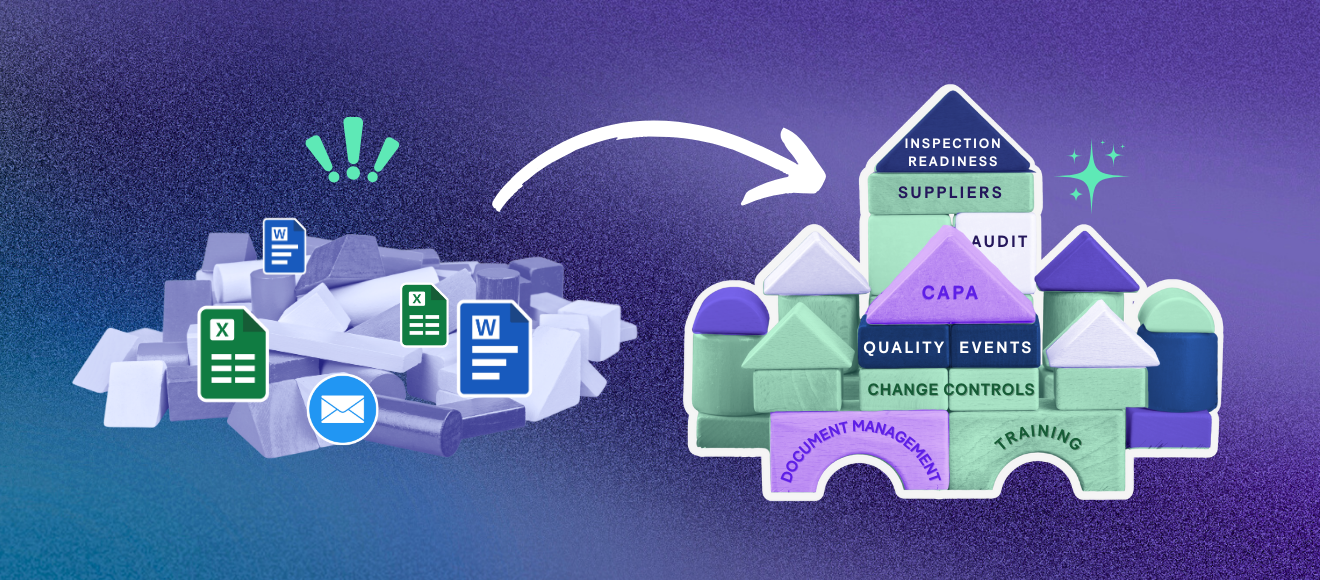- all ()
- ClinOps
- Quality
- Inspection Readiness
- Technology Strategy
- TMF
- ClinOps
- Validation
- Quality
- ClinOps
- Regulations & Standards
- Quality
- Trial Master Files
- Inspection Readiness
- Trial Master Files
- Quality
- Quality
- Trial Master Files
- ClinOps
- Trial Master Files
X
.png)
- Trial Master Files
Data-driven trial master file management: 8 experts share their best tips
Read It
No articles matching that topic have been found
Get our best content delivered straight to your inbox
Editors pick
.jpg?width=1201&height=628&name=SOTMF_launch%20graphic%20social%20media_darft01_Option%2002%20(2).jpg)
Live Event & Podcast
The biggest podcast for TMF'ers on the planet
Through interviews, AMA's, and invite-only events, we give you a sneak peek into the data-backed insights we are executing for TMF teams across the globe.






-1.png)
%20is%20to%20make%20%23Quality%20an%20operating%20principle%20in%20your%20organization.png)
.png)


.png)
-1.png)


.png)